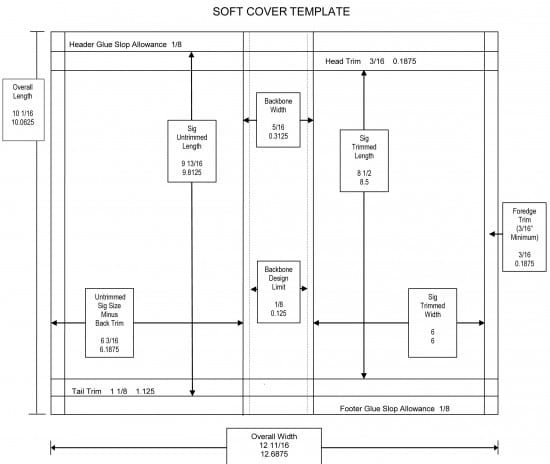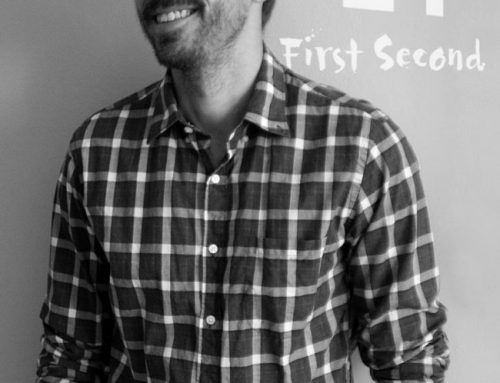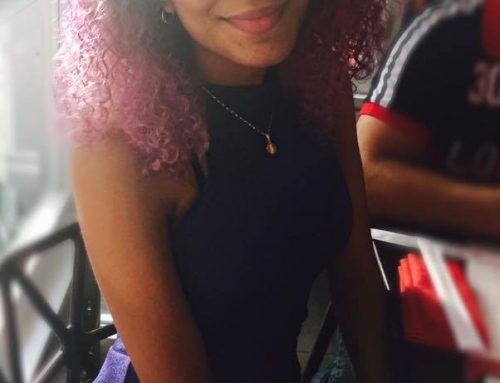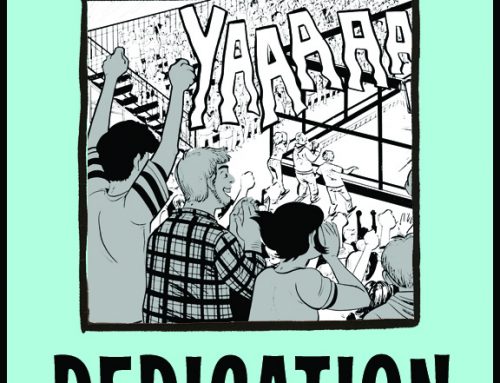test heading
(This is a cover template from our printer for one of our books.We get one of these things every time we print a book so we know just how wide to make the spine, how any wrapped edges are going to overlap with the endpapers, etc.)
You may have noticed that many of the books that First Second publishes come in two sizes.
For our books for teens, adults and most middle-schoolers, our books generally come in a 6 x 8 1/2 inch trim size.
For our books for younger kids, our books generally come in a 7 1/2 x 10 inch trim size.
(Please note: there are some exceptions to this.)
Why did we make the choice to have standard sizes here?And why are they so small in comparison to the books that many other comic and graphic novel publishers produce?
When First Second was founded back in 2006, it was because the publisher of our parent company decided that Macmillan should be publishing graphic novels, since graphic novels are so cool and awesome and more book readers should be reading them.Macmillan assigned us to their kids division, since we publish about two-thirds children’s/young adult graphic novels.So we looked at their sales data and found that their books — especially their kids books — sell mostly to bookstores, schools, and libraries.
So we started to think about shelving! We went to bookstores and schools and libraries and looked at how tall their shelving was. Because clearly the first priority, if we wanted these bookstores and schools and libraries to buy our books and keep them on their shelves, is making sure that they could fit there! In looking at these shelves, we realized that a lot of schools and school libraries have shelves that are designed for mass market paperbacks — so they’re short and not very deep.That’s because if a school is buying 20 copies of Book X so everyone in their classroom can read it, it’s so much more affordable to get the paperback!
After seeing that, we knew that we wanted to make our books for kids and teens that could be read in the classroom or library a small trim size so that they could fit on those shelves too.
We also talked to stores about how different formats sold for them. We try to publish some foreign translations every year, so one of the things we wanted to know was if the French BD album size was something that worked for American readers. These albums are a lot bigger than the US standard trade paperback size — the one I’ve got on my desk is 8 1/2 x 11 3/4 inches. What we found was that there were some stores that had cultivated an audience specifically for those album sized books. But other stores were having a lot of problems with the size, finding that unless customers were already interested in the French albums, it was difficult to convince them to buy a book in that format.
One of the specific issues stores had was that a lot of people did vacation or commuting reading that specifically had to do with traveling — reading where you had to be able to fit your book easily into your backpack or shoulder bag and it wouldn’t stick out or fall out because it was too big to fit. It turns out that there’s a lot of traveling reading! And even people who aren’t reading while traveling want to get their books home easily from the bookstore — they may indefinitely put off that coffee table book purchase even if they really want it if it’s going to be a hassle to fit into a bag.
Looking at the standard trim sizes for the book trade market, we also found that when kids were very small and just starting to read, they got books that were big — picture books. But when they progressed further into reading, the trim sizes of their books shrank, to the extent that older kids would make fun of younger ones for reading large-size picture books — meaning the younger kids hadn’t honed their reading skills and moved on from that ‘babyish stuff.’
Taking into account the size of adult hardcover and trade paperback prose books (pretty standard across the industry, also smaller than picture books or BD albums), we knew that we wanted to make our books smaller than picture books or the French albums. We wanted a size that could fit into classroom bookshelves, a larger size for younger readers and then a smaller size for older ones. For our model, we took the size of the trade paperbacks that were in general distribution in the book industry, since our books were also all first published in trade paperback form.
One of the first things that we look at in books that we consider publishing is that First Second be able to find them an audience — people to read them. It’s important for us to work with our authors to make the best possible books — and then work with the books to get them out to the most possible people. We try to make that goal — getting people to read our books — part of every aspect of our publication process, and what size each book should be is an important aspect of that.






Could we please have a template for a graphic novel interior page? A printed sample would be nice. A downloadable version for Adobe Illustrator and Photoshop would be even better.